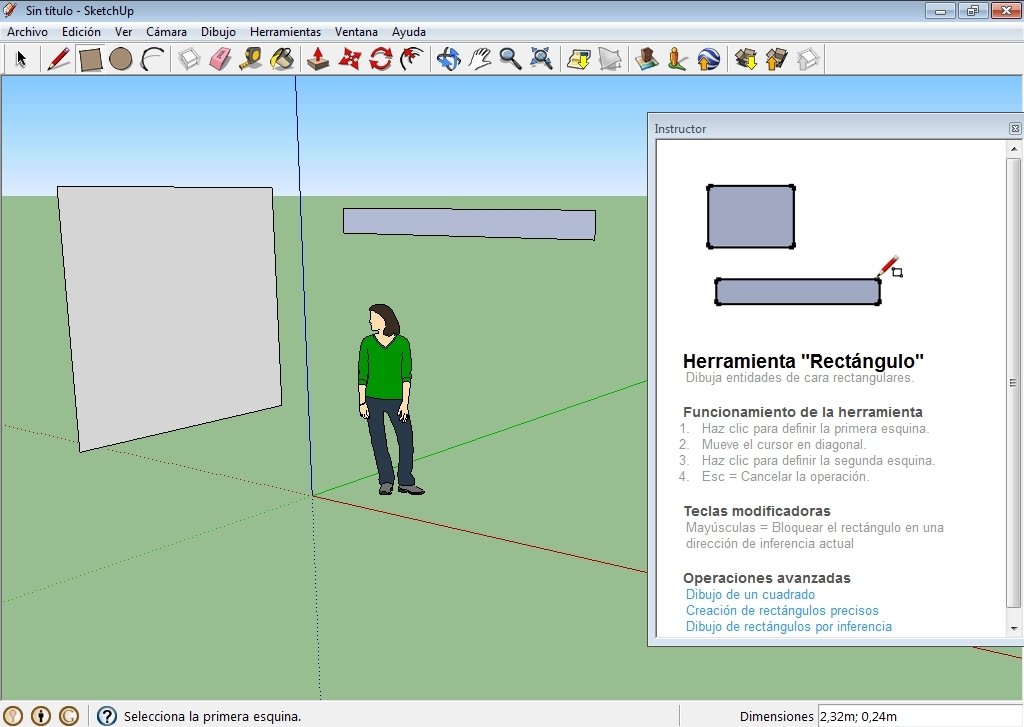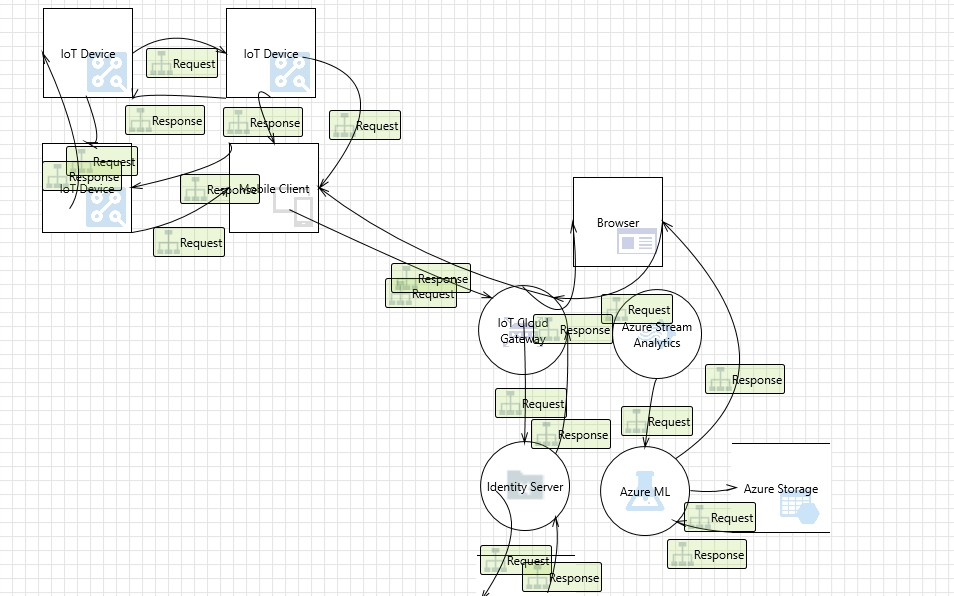
Learn how your comment data is processed. You are commenting using your Facebook account. You are commenting using your Twitter account. You are commenting using your Google account. The content is an XML file and you are most interested by the Manifest node. First of all, you have to copy your template, then you need to open it with an editor, like Notepad. If you want for example create a new Template from the standard one shipped with the Microsoft Threat Modeling Tool, you have to do something different. All Threats share the same properties, which are defined in the Threat Properties Tab.įinally, there is the Messages tab containing the various diagnostics. The second tab shows the Threat Types: it contains the definition of the Threats and the rules that are used by the Threat Modeling Tool to generate the Threats themselves in your models. When we do that, we see a tabbed interface with many pages: the first one is dedicated to editing the Stencils, that is the various entities that will be used to create the model.

You will get an error, shown in the next picture: this error is really a warning, because it simply states that you are not supposed to edit that file. This would allow you to select a Threat Model that will be opened, in our case default.

The first step is to open Microsoft Threat Modeling Tool and to Open the default template that is shipped with the tool.

#DOWNLOAD THREAT MODELING TOOL FOR MAC SERIES#
This article is the first one of a series that I am planning to publish, on the process that you could use to create and maintain your own Templates.
#DOWNLOAD THREAT MODELING TOOL FOR MAC HOW TO#
The result is in many cases a decent analysis of the system you are assessing, but how to make it great? Consider that your needs could can change over time: yesterday you used three-tiered Web Application, now you have the Cloud and IoT.įortunately for us, Microsoft Threats Modeling Tool has introduced the possibility to customize the Template and to create something that is really focused on your needs. Microsoft Threat Modeling Tool has introduced the possibility to generate Threats automatically: you design the model and it finds some Threats, based on the model. Threat Models are a wonderful tool to understand the risk represented by a solution you are developing and to mitigate that risk, to ensure that the final result represents an acceptable risk for your organization.


 0 kommentar(er)
0 kommentar(er)
